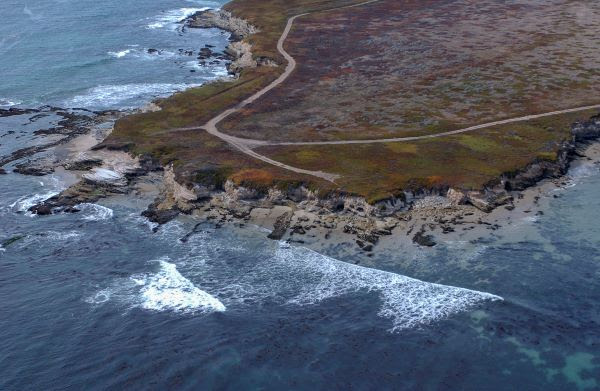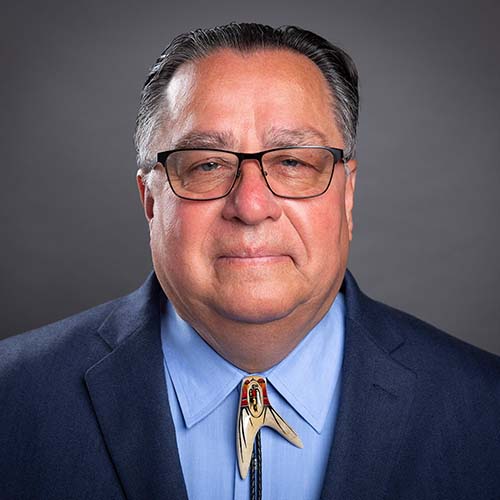
- Details
- By Native News Online Staff
The Biden-Harris Administration announced on Friday the designation of 4,543 square miles of coastal and offshore waters along 116 miles of California’s central coast as the Chumash Heritage National Marine Sanctuary, making it the 17th national marine sanctuary in the United States. This new sanctuary will protect the region’s rich marine biodiversity while honoring the cultural and historical connections of Indigenous peoples to the area. It is now the third-largest sanctuary in the National Marine Sanctuary System.
This designation furthers President Biden's ocean conservation legacy as part of his America the Beautiful initiative, which promotes locally-driven, collaborative conservation efforts. The initiative sets a national goal of protecting, conserving, and restoring at least 30% of U.S. lands and waters by 2030. With the establishment of the Chumash Heritage National Marine Sanctuary, the Biden-Harris Administration has now protected over 45 million acres of lands and waters.'
“This historic Chumash Heritage National Marine Sanctuary designation, made possible thanks to President Biden’s America the Beautiful Initiative, will help provide critical environmental protections and allow tribal and Indigenous community management of the new sanctuary,” said U.S. Secretary of Commerce Gina Raimondo. “This milestone in our commitment to Indigenous communities and natural lands will boost recreation, tourism and other local industries along California’s central coast.”
“The Chumash Heritage National Marine Sanctuary is the result of state, territorial, local and Indigenous leaders partnering with the Biden-Harris Administration to show that we can protect culturally and ecologically important waters while building a clean energy future,” said Brenda Mallory, Chair of the White House Council on Environmental Quality. “With today’s announcement, President Biden has now conserved more than 45 million acres of lands and waters while protecting sites that honor Indigenous communities and tell a fuller story of our nation.”
The sanctuary extends from just south of the Diablo Canyon Power Plant in San Luis Obispo County to the Gaviota Coast in Santa Barbara County. It will provide comprehensive, community- and ecosystem-based management to protect nationally significant natural, historical, archaeological, and cultural resources. These include kelp forests, rocky reefs, sandy beaches, underwater mountains, and over 200 NOAA-documented shipwrecks.
The sanctuary’s boundaries are designed to exclude areas where future subsea electrical transmission cables and floating offshore substations could be installed outside the sanctuary. This ensures that the Morro Bay Wind Energy Area can connect to the electrical grid at Morro Bay and Diablo Canyon Power Plant, allowing the sanctuary to support both conservation and clean energy objectives. NOAA plans to consider expanding the sanctuary in the future, once transmission cables are in place.
This designation is the culmination of a decade of efforts by Tribes, Indigenous Peoples, community leaders, organizations, businesses, state and local officials, and members of Congress—including then-Senator and now Vice President Kamala Harris—who worked together to develop and advance the vision for the Chumash Heritage National Marine Sanctuary.
More Stories Like This
Trump signs law that revokes some limits on drilling in Alaska’s National Petroleum ReserveSouthern Sierra Miwuk Nation Gets 900-Acres ofLand Back
Chilkat Indian Village Tells New Palmer Mine Owners They Are “Not Welcome” in Chilkat Valley
Tribes, Coastal Group Ask Army Corps to Revoke Permit for Texas Export Terminal
Michigan Tribes Tell Supreme Court: Don’t Bail Out Enbridge
Help us defend tribal sovereignty.
At Native News Online, our mission is rooted in telling the stories that strengthen sovereignty and uplift Indigenous voices — not just at year’s end, but every single day.
Because of your generosity last year, we were able to keep our reporters on the ground in tribal communities, at national gatherings and in the halls of Congress — covering the issues that matter most to Indian Country: sovereignty, culture, education, health and economic opportunity.
That support sustained us through a tough year in 2025. Now, as we look to the year ahead, we need your help right now to ensure warrior journalism remains strong — reporting that defends tribal sovereignty, amplifies Native truth, and holds power accountable.
 The stakes couldn't be higher. Your support keeps Native voices heard, Native stories told and Native sovereignty defended.
The stakes couldn't be higher. Your support keeps Native voices heard, Native stories told and Native sovereignty defended.
Stand with Warrior Journalism today.
Levi Rickert (Potawatomi), Editor & Publisher


